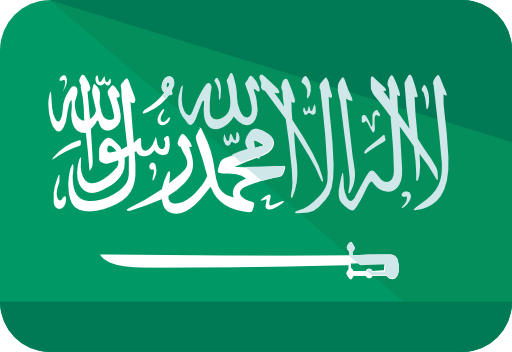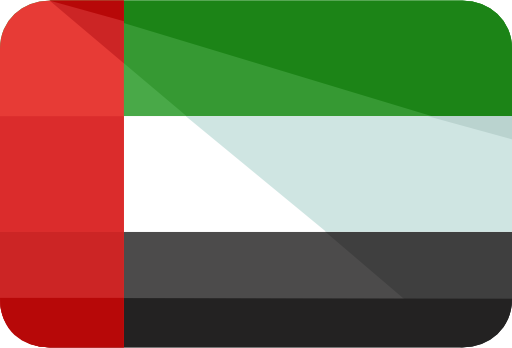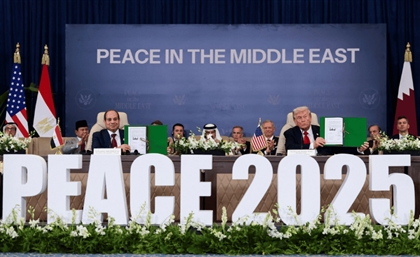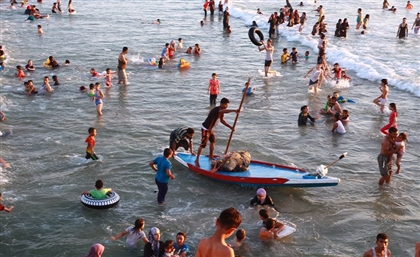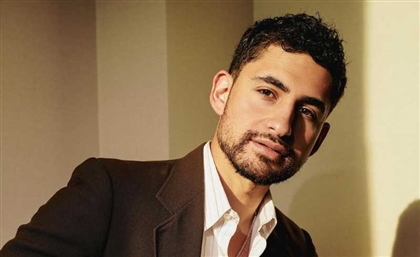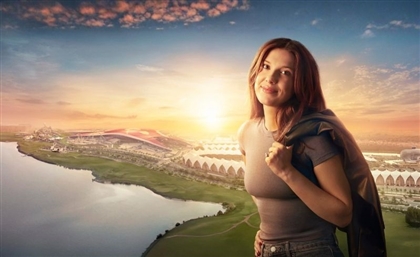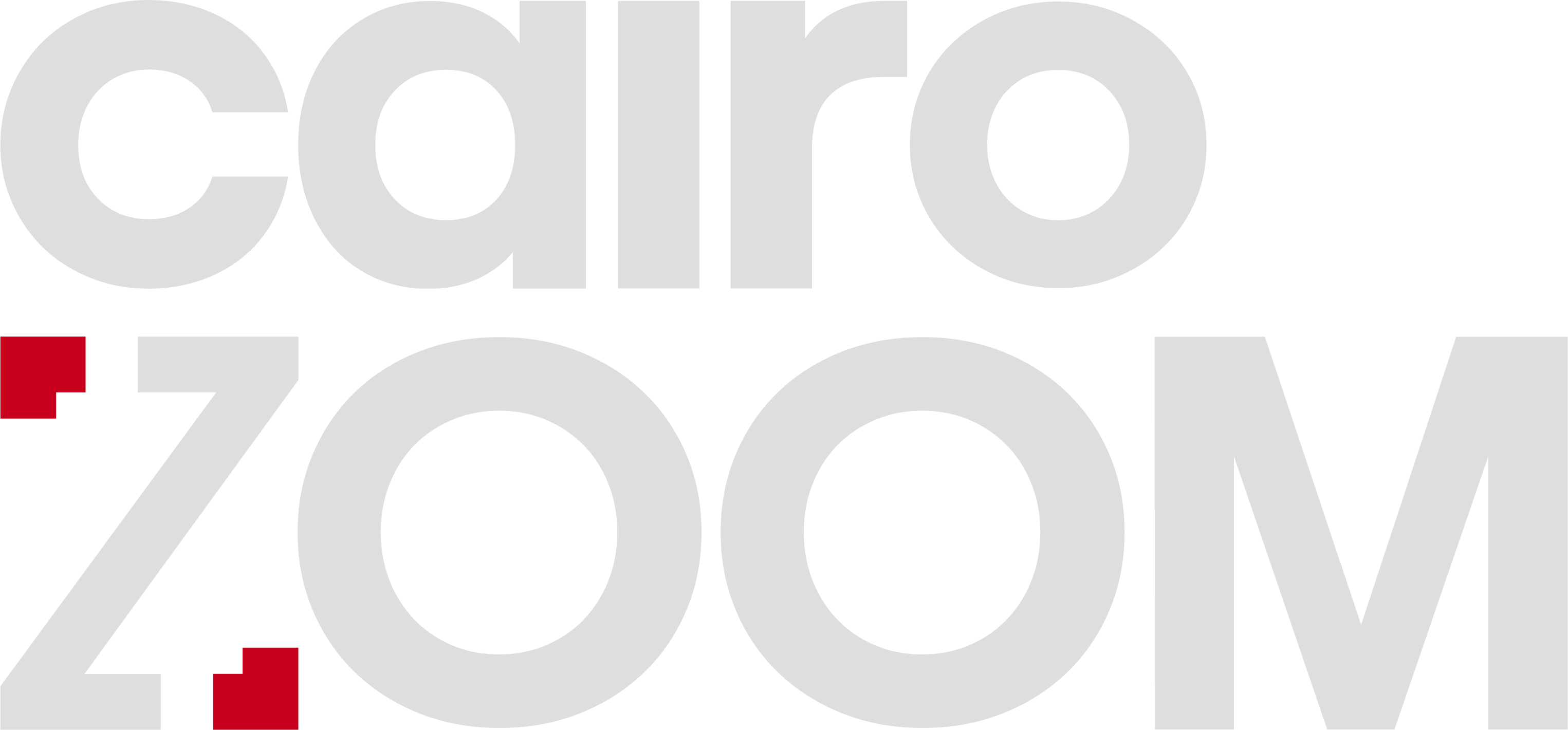Posters for Palestine: Design as a Medium for Political Change
In a four-day workshop, Egyptian visual communication designer Maram El Refaei explores how the revolution may not be televised, but it will be designed.

For people in the creative field, resistance through art is often rocky territory. Across mediums and practices, and despite volume, the question of what this art can achieve looms persistently overhead. There’s always an “Okay, and? What does this do?”, shared by artists and viewers alike. After over two years of the escalated genocide in Gaza, it has become increasingly difficult to answer.
“After the Nakba, posters were used to distribute news about the occupation when Palestinian people were unable to distribute newspapers,” says Maram El Refaei, a visual communication designer, in the introduction to her workshop on political change through posters, “Art was used for communication by the Palestinian Liberation Organisation (PLO), and everyone participated - poets, historians, researchers.”
As the escalated genocide in Gaza progressed, Maram found herself, like many others, frustrated by her own helplessness. “Since October 7th, I couldn’t bring myself to work on anything not related to Palestine,” she tells me. A year and a half later, after months of research, Maram got together with SAAD, a Cairo-based workshop studio, to create the workshop programme ‘Union in Solidarity: a Poster Masterclass for Collective Change’, consisting of four six-hour classes across two weekends, and open to everyone.
Maram begins the workshop by introducing herself first as someone deeply impacted by design. “I lived most of my life in Saudi Arabia, not Egypt. It is through observing design that I got to connect with my identity.” Almost instantly, a heaviness in the room shifts. The realisation that before us was living proof that design is capable of creating such monumental change in at least one person’s life. Perhaps there is power in the fact that when an Instagram post pops up on people’s feeds with elements in green, red, white and black, they immediately - even without reading - think about Palestine.
“Through a poster, you can speak many languages,” Maram tells me, “You can involve others. The poster is a very inclusive medium, easy to make and easy to understand.” The political power of posters lies in multi-levelled communication. A message is written, but it is also displayed. If the visuals pique interest, they invite curiosity. They stimulate change.
She speaks of design as a responsibility. “Have you fulfilled your true role? Have you brought benefit to the community at large?” her slides read. She goes on to display a brief archive of design as an advocate and tool for change in Palestine, citing the visuals of publications like Shu’un Filistiniya, and designers including Ismail Shammout, Ghassan Kanafani, Vladimir Tamari, Burhan Karkutli and more. Their designs are broken down to elements: typography, colour schemes, and symbols.
The PLO used their posters to communicate current events, and so, Maram asked participants to do the same. Each participant came up with four concepts that reflect what happens in Palestine today. Two participant designers centred their designs around continued violence after the ceasefire agreement, one on political prisoners, and a fourth spoke to the increasingly enraging fact that the world continues spinning as a livestreamed genocide grows more brutal daily.
Mariam Kouta, a 24-year-old designer, designed a poster guided by an Ottoman record, provided as a workshop resource, denoting the selling of Palestinian land to settlers before the Nakba. The poster reads ‘The Lying Ceasefire’ - الهدنة الكاذبة - and includes an excerpt from the ceasefire agreement made satirical. Kouta intends to execute all four of her concept ideas as a series in her practice.-379b9404-3c9e-4df6-9031-75267975015c.png)
Mirna El Sobky, a 25-year-old illustrator and animator, created a visual of a doll exploding into the text ‘Fake Ceasefire’. The design is eerily childlike, created in the drawing style typical to comics, to accentuate the absurdity of the occupation providing children in Gaza with booby trapped toys.-33f9e692-08ee-4638-9a07-86f601225a7a.png)
Habiba Hassaan, a 28-year-old animator, created a poster in mostly black and white. The text at the bottom reads ‘freedom is not given, it’s taken’ in Arabic - “الحرية لا تمنح بل تنتزع”. The Arabic “لا” opens into prison bars pulled open to reveal a map of Palestine, which then blooms with the land’s beloved poppies. Hassaan tells me about how her piece reflects both her concern with political prisoners and her perception of the colonised Arab mind. The flowers are inspired by an image circulating on social media of poppies growing out of the rubble in Gaza.-7be4bc2f-31cd-47a9-9e74-1231ecdd1ac2.png)
Jameela Mahmoud, a 27-year-old graphic designer, used this workshop as an opportunity to learn. Like many people born Arab, Jameela supported the Palestinian cause without really interacting with its history. “I knew that I was behind, so I used this workshop as an opportunity to learn,” she tells me, “And I know so many people want to learn more too, but they don’t know how.” Fittingly, Jameela’s design took on the shape of an infographic in newspaper form, which told a brief history of the Nakba. She illustrated a caricature - her area of expertise - involving a horrid creature, a freedom fighter, a blood-stained surveillance camera, Al-Masjid Al-Aqsa, and a person in a thob with his back turned to the scene.-1a8bf4d0-f252-483a-a6a8-0795c58b9d81.png)
The designers sit in one room, talking about films, books and series about Palestine that touched them, sharing anecdotes and checking in on each other’s designs. They take turns playing music, typing the names of Palestinian musicians into each other’s YouTube search boxes. 2010s Arabic rock classics - Jadal, El Morabba3, Eskenderella - play idly in between. In our conversation, Maram tells me she created this workshop as a space where collective change can happen, through both conversation and design.
The founders of SAAD, Omar Moftah, Moira Ali and Neamma Khaled, share the same sentiment. Like Maram and like so many of us, they were desperate to find new ways to speak about Palestine, so they provided a space for that conversation to be translated visually. “Organising this workshop was tricky,” they tell me, “We discovered that most of the applicants were designers living abroad, which reflects the current censorship surrounding the issue of Palestine, or maybe a general state of passivity.”
Both Maram and SAAD intend to host more rounds of the workshop, slowly but surely covering more of their bases. Their next round will be held online. The workshops are open to anyone with a basic grasp of design tools who is willing to try.
Trending This Week
-
Nov 19, 2025


